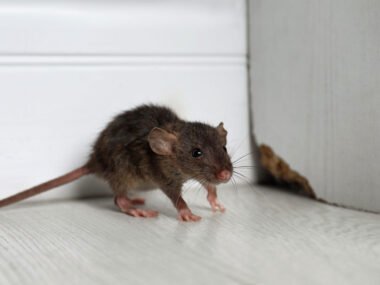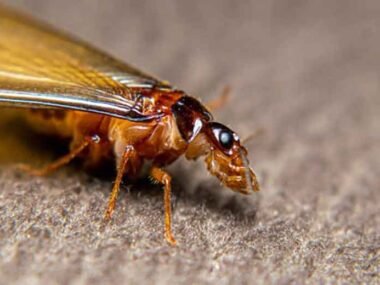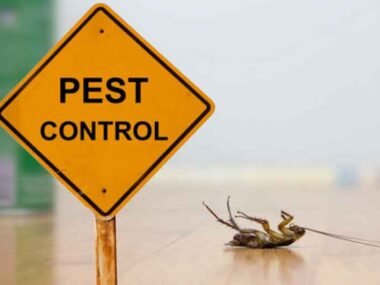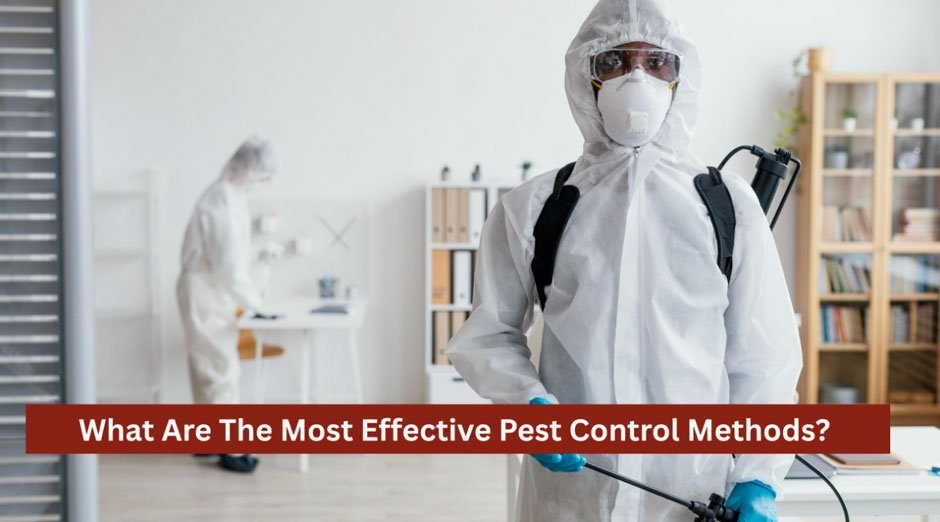
Nobody wants to share their home with unwanted guests, especially the creepy-crawly kind. Whether it’s ants marching across your kitchen counter or mice scurrying through your walls, dealing with pests can be really frustrating. Ideally, these tiny invaders don’t just make you uncomfortable; they can also cause significant health issues. They can damage your property, contaminate your food, and even spread diseases to your family.
The good news is that there are several proven methods to tackle these problems—some focus on keeping pests out, while others work to eliminate them once they’re inside. Understanding which approach best suits your situation can save you time, money, and considerable stress.
Continue reading to learn the most effective ways to keep your home pest-free without worrying about what is hiding in the corners.
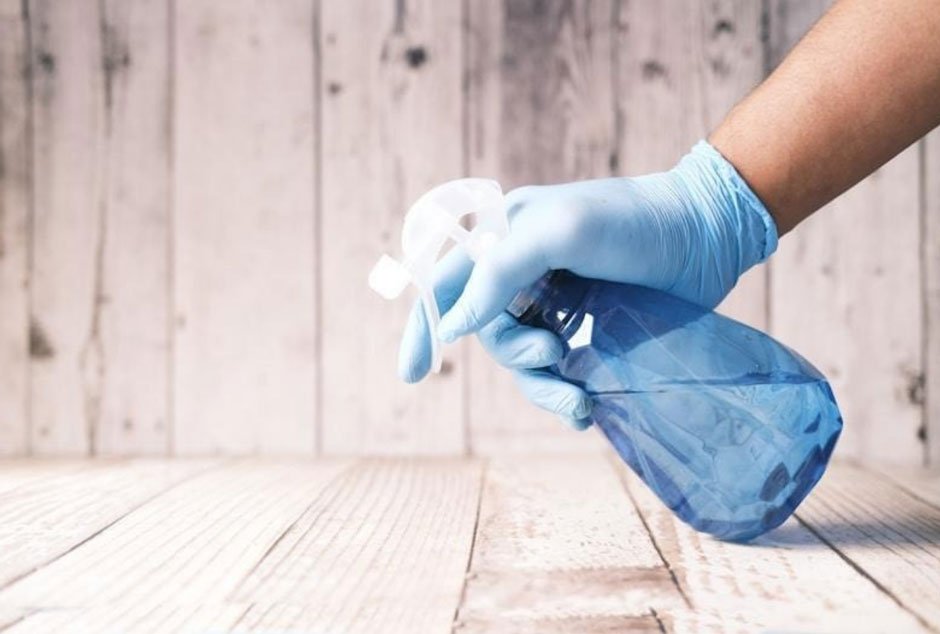
Getting To the Root Of The Problem
Pest issues can be resolved only when you know what you are dealing with. Various pests may require different strategies, and what may be effective against ants may not be effective against mice.
At this point, it will save you time and money to seek the services of an experienced pest control near you. This would enable professionals to identify the type of pest, determine how it is entering the property, and prescribe the most suitable treatment.
Below are some of the most effective pest control methods recommended for keeping your home and surroundings pest-free.
1. Physical Pest Control
Some of the oldest and simplest methods of dealing with pests are physical methods. These methods emphasize pest prevention or eradication without the use of chemicals. Let’s look at how these methods work in practice.
Sealing Entry Points
Preventing pests from entering your home is one of the most crucial steps you can take. This includes inspecting your foundation and searching for cracks, spaces around windows and doors, and holes where pipes enter your house. The size of the openings through which mice squeeze is no bigger than a dime, and thus, the small holes count. Using steel wool, caulk, or weather stripping can make a big difference.
Traps and Barriers
Arguably, traps are effective at catching rodents and insects. There are snap traps, glue boards, and live-catch traps, depending on what you’re comfortable with. Window screens help keep flies and mosquitoes out of the house, and door sweeps prevent the entry of crawling insects under the door. Physical methods are beneficial because they do not use chemicals, making them safer around kids and pets.
2. Chemical Pest Control
Physical means do not always suffice, particularly when it is a severe infestation. It is then that chemical pest control becomes a viable option. This is where you must kill or repel pests within a short time. Here’s what you need to know about using chemicals safely.
Understanding Pesticides
Although today’s pesticides are far safer than those of the past, this does not mean they are not dangerous. Today’s pest control products undergo rigorous testing before being approved.
When To Use Chemicals
Severe cases respond better to chemical treatments, as you require a quick response. Termites feeding on the structure of your home, bed bugs in your bed, or a massive cockroach infestation typically require professional treatment with chemicals to eliminate them.
The downside is that chemicals can be poisonous when not appropriately applied, and some pests may develop resistance over time. That is why it is often advisable to entrust chemical treatments to licensed experts.
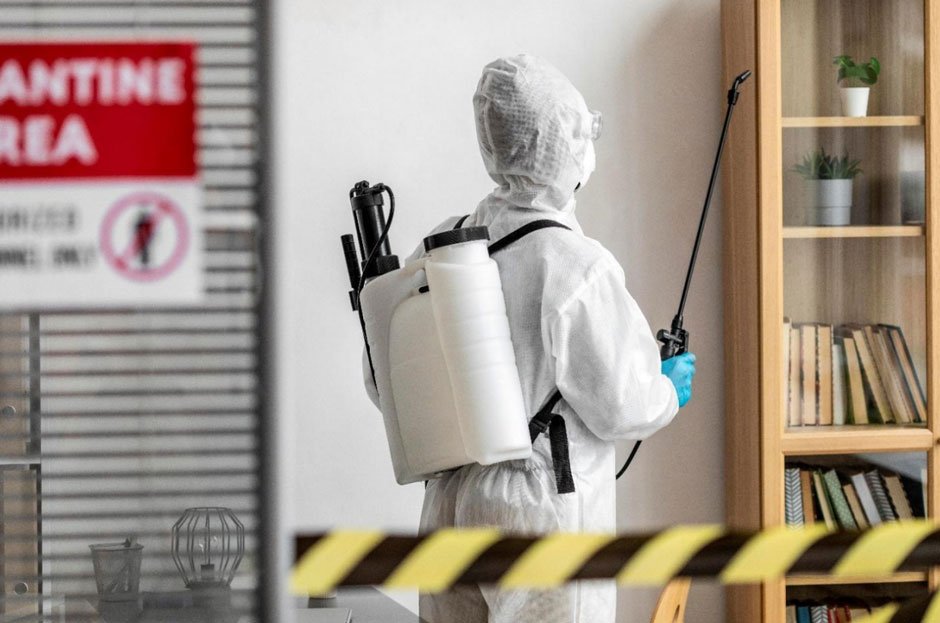
3. Biological Control
Biological pest control relies on natural predators or the use of living organisms, such as ladybugs that feed on aphids, cats that prey on stubborn rats and mice, some wasps that feed on caterpillars, and nematodes that feed on pests living in the soil. These are natural predators that can manage pests without the use of chemicals. It is particularly common in gardens and farms.

4. Integrated Pest Management: The Smart and Sustainable Approach
The most effective method combines the two, referred to as Integrated Pest Management (IPM). IPM employs a physical, chemical, and biological approach, depending on the specific combination of methods that suits your situation. Understanding how this works can help you see why it’s so effective.
An IPM approach starts with prevention and monitoring. You seal entrance holes, eliminate food sources, and regularly look for signs of pests. If pests appear, you should first start with the least harmful methods, such as traps or natural repellents.
Chemical treatment is used when necessary in a specific manner. This means IPM does not just offer quick-fix solutions but long-term solutions. It is also eco-friendly and better for the environment.

Key Takeaway
Pest control does not have a one-size-fits-all solution. The most efficient one varies depending on the kind of pest, the level of infestation, and your own preferences. Physical methods are good for prevention and minor issues. Chemical treatments are used for severe cases. An environmentally friendly solution lies in biological control. IPM combines all these methods to achieve the most effective long-term results.
The most important thing is to act fast in response to pests. Minor issues may disappear at an early stage. Some people resolve the problem themselves, but some prefer hiring experts to assist them with the task. In that case, it is essential to understand what you can do to make an informed choice about the best pest control method.
Remember, keeping your home pest-free isn’t just about comfort. It is all about your safety, your house, and your well-being.
